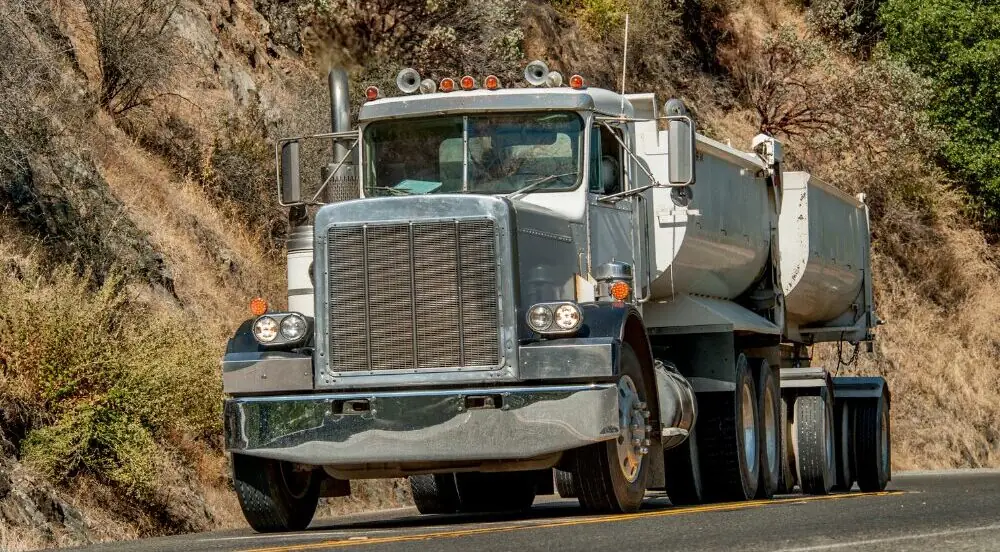
The trucking industry plays an essential role in delivering necessary items to locations across the country, supplying everything from critical medicines and food to construction materials and the package you ordered from Amazon. Truck drivers are essential to ensuring the success of the shipping and transportation logistics network and must also be aware of safety laws and regulations when operating their vehicles.
Some of the worst automobile injuries occur from trucking accidents, in part due to the size and weight of a semi-truck, especially one fully loaded. Truck drivers must pay extra close attention to safety protocols to ensure that both they and others on the road are kept safe. In addition, drivers can be held liable if they fail to confirm that the equipment they are operating does not satisfy the safety requirements.
Truck Operation Safety Rules Under WAC 296-865-30005
Washington Administrative Code 296-865-30005 covers some trucking safety laws when operating on roads and reversing. Trucking operations must make sure that their truck drivers are operating equipment at a safe speed for roadway conditions, including by the use of speed limiters or automated monitoring. By driving at a safe speed, truck drivers can help prevent deadly accidents as they remain cognizant of other vehicles on the road.
Truck drivers must also use noise to let others in the area know when they are backing their trucks up. This means that:
- Truck drivers can either honk their truck intermittently as they are backing up or;
- Use an automatic alarm that is louder than the surrounding noise level within fifteen feet of the back of the truck.
If the trucks are reversing in an area where there is restricted visibility, there must be a person outside of the truck signaling to help give the truck driver a clear view.
Equipment and Loading Safety
While it is the responsibility of the owner of a truck to ensure it is compliant with safety requirements, drivers are the ones responsible for verifying that those requirements are met before operating the truck. This includes checking that the truck's brakes meet the requirements of WAC 296-865-30015, which specifies that the brakes must be able to safely hold the truck at maximum load, on the maximum highway grade, and testing brakes before descending a grade.
Another critical safety check is the truck and trailer load, addressed by WAC 296-865-30020. It is ultimately the responsibility of the driver to ensure that before operating the truck, the load is correctly distributed and fully secured. This includes ensuring that the load is suitable for the roadways and bridges or other structures the load will pass over.
Dump Truck Safety: WAC 296-865-30010
State law mandates that dump trucks be equipped with a device to lock and secure the bed when in a raised position, as an essential measure to ensure workers who may be below the bed are protected. While installation and maintenance of such a device is the responsibility of the truck owner, operators should also be sure to verify such safety equipment is present and functioning correctly to protect themselves.
Contact an Experienced Trucking Injury Attorney
Unfortunately, trucking injuries can still occur. If you or someone you know has been involved in a trucking accident, it is recommended to speak to a personal injury lawyer.
GLP Attorneys has decades of experience supporting individuals involved in trucking accidents and has secured six and seven-figure settlements for their clients throughout Washington State.
Please call us at (800) 273- 5005 or contact our personal injury attorneys for a free consultation so we can help assist you with your personal injury case.


